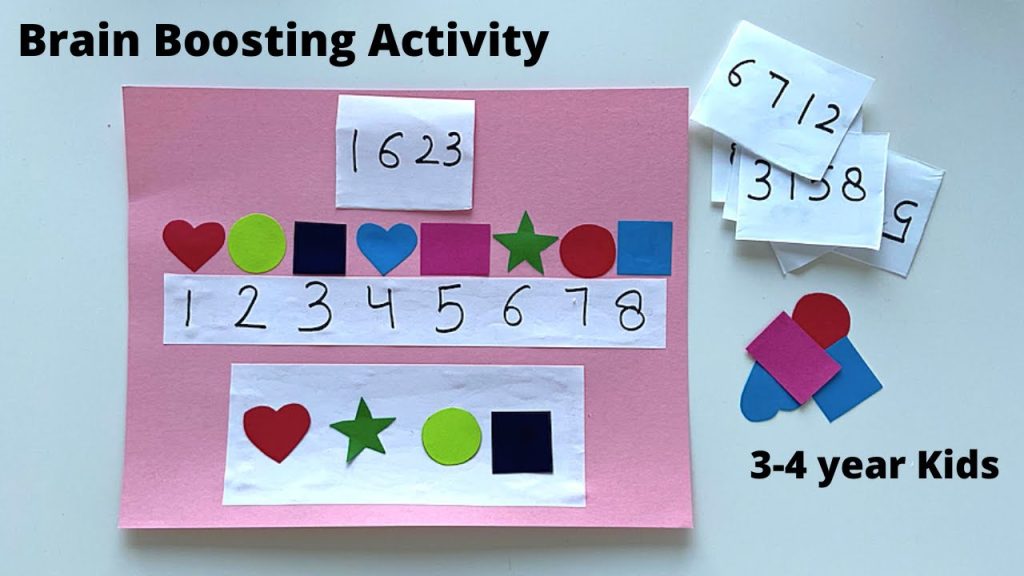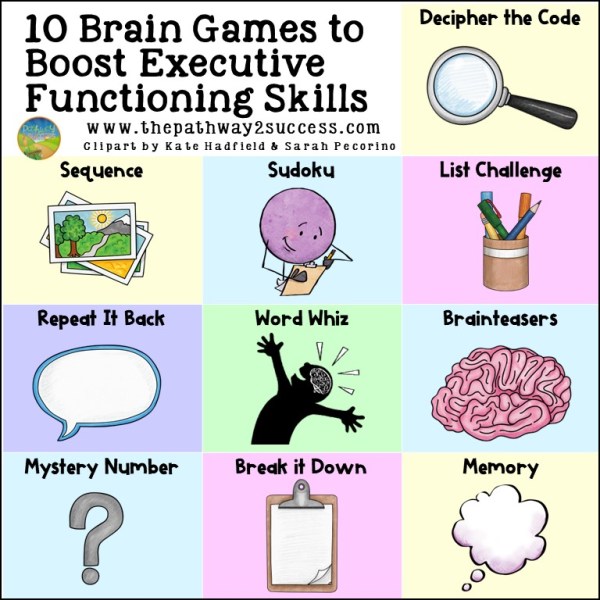can greatly enhance your students’ learning experience. In this article, we will explore the benefits of using brain games in the classroom and how they can support content learning. You will also discover different types of brain games that can be easily incorporated into your lessons, and receive practical tips on how to effectively use them to engage and motivate your students. By the end of this article, you will have a range of new ideas to create fun and interactive learning activities that will help your students retain information and improve their cognitive skills. can greatly enhance the learning experience for students. By integrating brain games into lesson plans, educators can not only make learning more fun and engaging but also improve cognitive abilities, enhance memory skills, and develop problem-solving skills. In this article, we will explore the benefits of brain games in classroom activities, the different types of brain games, how to integrate them into lesson plans, and more.
Benefits of Brain Games in Classroom Activities
Improving Cognitive Abilities
One of the key benefits of incorporating brain games into classroom activities is the improvement of cognitive abilities. These games require students to think critically, analyze information, and make decisions. By engaging in brain games, students can enhance their reasoning skills, logical thinking, and strategic planning abilities. This can lead to improved problem-solving skills and overall cognitive development.
Enhancing Memory Skills
Memory is a crucial aspect of learning, and brain games can help sharpen students’ memory skills. Memory games, such as matching games or memorizing sequences, can strengthen students’ ability to retain and recall information. Moreover, brain games that require students to remember patterns, facts, or details can further enhance their memory skills. This can be particularly beneficial in subjects that require knowledge retention, such as history, science, or foreign languages.
Developing Problem-Solving Skills
Problem-solving is an essential skill in both academic and real-life situations. Brain games provide students with opportunities to practice and develop their problem-solving abilities. Whether it’s solving puzzles, deciphering riddles, or tackling logic games, students are challenged to analyze problems, draw connections, and find solutions. By engaging in brain games, students can become more adept at identifying problems, evaluating options, and applying critical thinking skills to solve them.
Types of Brain Games
There are various types of brain games that educators can incorporate into classroom activities. Each type offers unique benefits and engages different cognitive abilities. Let’s explore some of the most common types of brain games:
Puzzles and Riddles
Puzzles and riddles are classic brain games that can both entertain and challenge students. Crossword puzzles, Sudoku, and word puzzles are effective in enhancing analytical thinking, vocabulary, and problem-solving skills. Riddles, on the other hand, encourage critical thinking, logic, and creativity. Incorporating puzzles and riddles into lesson plans can make learning more enjoyable while improving mental agility.
Memory Games
Memory games are designed to test and improve students’ memory skills. Matching games, memory cards, and memory-based challenges can help students enhance their ability to remember and recall information. These games require students to focus, concentrate, and retain information in their working memory. By incorporating memory games into classroom activities, educators can help students develop better memory strategies and improve their academic performance.
Logic and Reasoning Games
Logic and reasoning games are excellent for developing critical thinking and problem-solving skills. These games require students to think logically, follow sequences, and make deductions. Examples of logic and reasoning games include chess, Sudoku, tangrams, and logic puzzles. By incorporating these games into lesson plans, educators can foster students’ analytical abilities, logical reasoning, and strategic thinking.
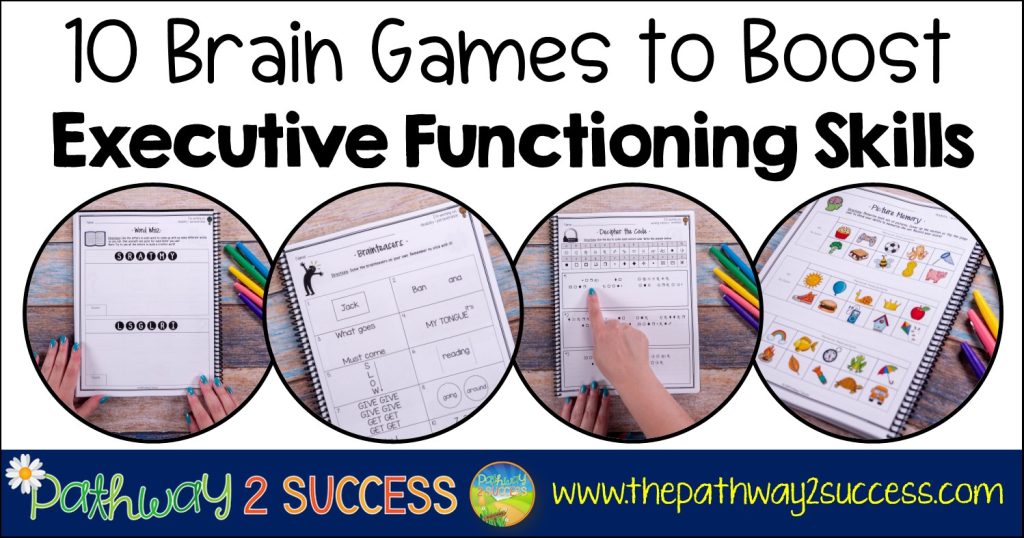
Integrating Brain Games into Lesson Plans
Integrating brain games into lesson plans effectively requires careful planning and consideration. Here are some steps to effectively integrate brain games into your classroom activities:
Identifying Relevant Topics
Before incorporating brain games into your lessons, identify relevant topics that align with your curriculum. Determine which specific cognitive skills you want to target and find brain games that are suitable for those skills. For example, if you are teaching history, you may want to incorporate puzzles or memory games related to historical facts or events.
Designing Game-Based Activities
Once you have identified the relevant topics and brain games, design game-based activities that align with your lesson objectives. Create engaging and interactive games that encourage active participation and critical thinking. For instance, you can design a scavenger hunt that requires students to solve puzzles or riddles related to the lesson content.
Assessing Learning Outcomes
After incorporating brain games into your lesson plans, assess the learning outcomes. Observe how students engage with the games and monitor their progress. Assess whether the brain games effectively facilitated the development of the targeted cognitive skills. Collect feedback from students to gain insights into their experience with the brain games and make any necessary adjustments in future lesson plans.
Creating a Stimulating Learning Environment
Incorporating brain games in classroom activities not only enhances learning but also creates a stimulating learning environment. Let’s explore some ways in which brain games contribute to a vibrant classroom atmosphere:
Promoting Engagement and Motivation
Brain games capture students’ attention and keep them engaged throughout the lesson. These games provide a break from traditional teaching methods and make learning more enjoyable and interactive. By incorporating brain games, educators can boost students’ motivation and enthusiasm for learning, leading to a more productive and engaging classroom environment.
Fostering Collaboration and Teamwork
Many brain games can be played collaboratively, promoting collaboration and teamwork among students. These games encourage students to work together, communicate effectively, and share ideas. By fostering collaboration, brain games contribute to a cooperative learning environment, where students learn from one another and develop essential social skills.
Boosting Creativity
Brain games often require students to think outside the box and find innovative solutions. This stimulates creativity and encourages students to approach problems from different perspectives. By incorporating brain games that foster creativity, educators can nurture students’ imagination and help them develop original thinking skills.
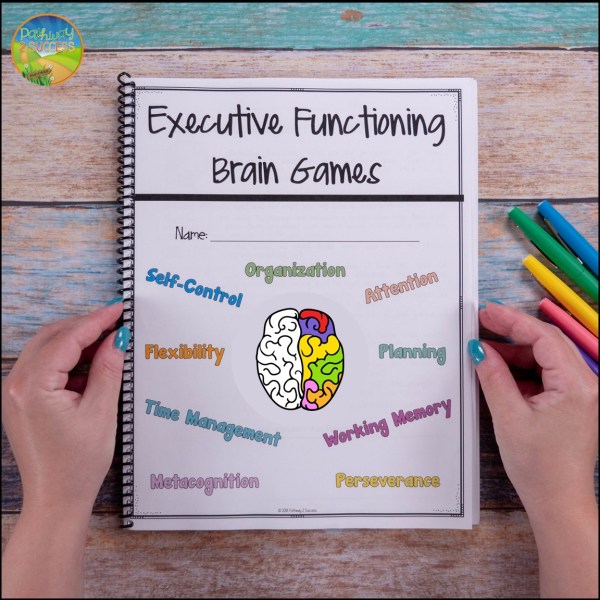
Adapting Brain Games for Different Age Groups
Different age groups require different approaches to brain games. Educators need to tailor brain games based on the developmental needs and abilities of their students. Let’s explore how brain games can be adapted for different age groups:
Tailoring Games for Preschoolers
For preschoolers, brain games should focus on developing basic cognitive skills, such as memory, attention, and problem-solving. Matching games, shape recognition, and simple puzzles can be effective in engaging preschoolers and enhancing their cognitive abilities. Incorporating sensory elements and hands-on activities can make brain games more appealing to young learners.
Customizing Activities for Elementary Students
Elementary students can engage in a wider range of brain games that promote critical thinking and logical reasoning. Puzzle games, word games, and memory challenges can be customized to match the curriculum and target specific cognitive skills. Incorporating storytelling elements or incorporating the use of technology can make brain games more engaging and interactive for elementary students.
Adopting Strategies for Teenagers
Teenagers require brain games that are more challenging and intellectually stimulating. Logic puzzles, strategy games, and complex problem-solving challenges can be incorporated into their lessons. Teenagers can also benefit from brain games that encourage creativity and allow for self-expression. Incorporating real-world scenarios or incorporating gamified elements can make brain games more appealing to teenagers.
Incorporating Brain Games in Various Subjects
Brain games can be incorporated into various subjects to make learning more interactive and enjoyable. Let’s explore how brain games can be integrated into different subjects:
Mathematics
Mathematics can be made more fun and engaging by incorporating brain games such as math puzzles, number sequences, or math-based riddles. These games reinforce mathematical concepts, encourage critical thinking, and improve problem-solving skills.
Language Arts
Brain games can be used to enhance language arts lessons. Word puzzles, vocabulary games, and storytelling activities can improve reading comprehension, vocabulary acquisition, and critical thinking skills.
Science
Incorporating brain games in science lessons can promote scientific thinking and inquiry skills. Experiment-based games, interactive simulations, and problem-solving challenges can enhance students’ understanding of scientific concepts and foster scientific inquiry.
History
History can be brought to life through brain games that involve historical facts, events, and figures. Puzzles, quizzes, and memory games related to historical content can promote knowledge retention and critical thinking in the study of history.
Physical Education
Even physical education classes can benefit from brain games that combine physical activities with cognitive challenges. Brain breaks that involve memory-based activities or problem-solving challenges can enhance students’ mental and physical abilities while promoting a holistic approach to education.
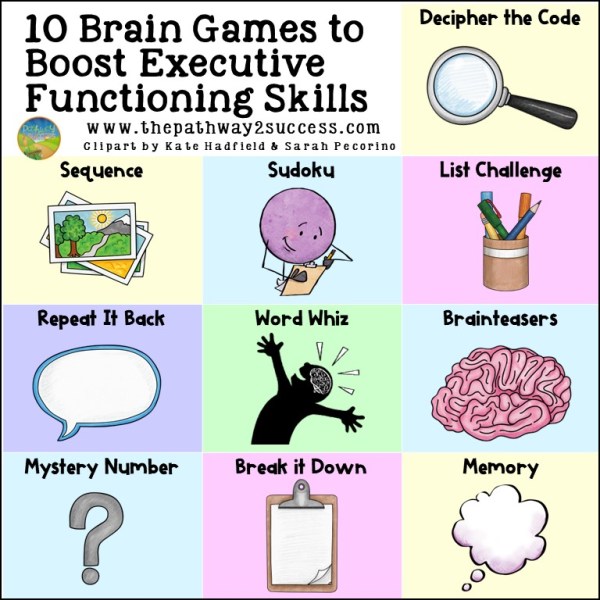
Utilizing Technology for Brain Games
Technology provides endless possibilities for incorporating brain games into classroom activities. Let’s explore some ways to utilize technology for brain games:
Interactive Apps and Websites
There are numerous interactive apps and websites available that provide brain games for different subjects and age groups. These platforms offer a variety of games that can be customized to suit specific learning objectives and provide instant feedback on students’ progress.
Virtual Reality Experiences
Virtual reality experiences can immerse students in virtual worlds and provide interactive brain games. These experiences offer a unique and engaging way to learn and apply knowledge in a realistic and interactive environment.
Gamified Learning Platforms
Gamified learning platforms combine educational content with game elements to make learning more enjoyable and interactive. These platforms often offer a variety of brain games that reinforce learning objectives and provide instant feedback and rewards.
Addressing Individual Learning Needs
Brain games can be adapted to address individual learning needs, including special education students and students with different learning abilities. Let’s explore how brain games can address these needs:
Supporting Special Education Students
Brain games can be tailored to meet the specific needs of special education students. These games can be modified to address individualized learning goals, provide additional support and scaffolding, and foster a positive learning experience for students with special needs.
Differentiating Instruction
Brain games can be used for differentiated instruction, allowing educators to provide tailored activities for students with varying learning abilities. By adapting brain games to suit individual learning styles and needs, educators can ensure that all students are actively engaged and challenged.
Individualized Brain Game Plans
Creating individualized brain game plans can help address specific learning needs and goals. Educators can work one-on-one with students to identify their strengths and weaknesses and develop personalized brain game activities that focus on areas requiring improvement.
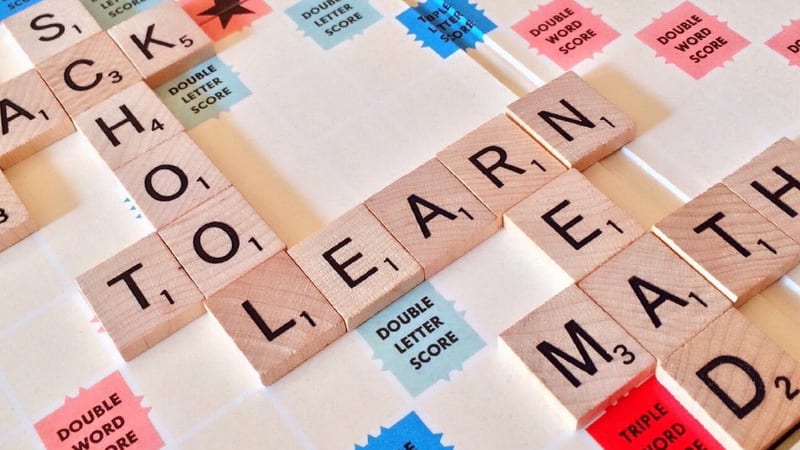
Measuring the Impact of Brain Games
It is essential to measure the impact of brain games on student learning outcomes. Here are some ways to measure their effectiveness:
Collecting Data and Feedback
Collect data and feedback from students to determine their engagement levels and perceived benefits of the brain games. Surveys, quizzes, and assessments can provide valuable insights into their experiences and the extent to which the brain games have helped them develop cognitive skills.
Analyzing Performance Metrics
Analyze students’ performance metrics before and after incorporating brain games into lesson plans. Compare their performance on relevant tasks or assessments to identify improvements in cognitive abilities, problem-solving skills, or knowledge retention.
Evaluating Long-term Effects
Evaluate the long-term effects of brain games on students’ academic performance and overall development. Track their progress over time and assess whether the benefits provided by brain games are sustained over an extended period.
Conclusion
Incorporating brain games into classroom activities can greatly enhance the learning experience for students. These games improve cognitive abilities, enhance memory skills, and develop problem-solving skills. By integrating brain games into lesson plans, educators can create a stimulating learning environment that promotes engagement, collaboration, and creativity. Furthermore, brain games can be adapted for different age groups and integrated into various subjects. By utilizing technology and addressing individual learning needs, educators can maximize the potential benefits of brain games. So, why not start incorporating brain games into your classroom activities and unlock the endless possibilities for classroom innovation?
